Die Auswahl einer mechanischen Tastatur mit der richtigen Größe und Anordnung ist entscheidend. Die Größenanordnung bestimmt weitgehend die Einzigartigkeit einer mechanische Tastatur, und ebenso bestimmt das Layout auch seine Einschränkungen. Mit Optionen wie 60 %, 75 %, 80 %, 100 % und mehr ist es sinnvoll zu fragen, welche für die Arbeit oder das Gaming ideal ist. Dieser Beitrag erklärt jede Größe, damit Sie eine informierte Entscheidung treffen können.
Tastaturtastenkomposition
Die Anzahl der Tasten auf jeder Tastaturgröße variiert. Kennen Sie die Tastenkomposition für eine Tastatur? Welche Tasten fehlen bei 60 % der Tastaturen? Wir müssen die Tastenkomposition kennen, um die Unterschiede in der Anzahl der Tasten auf jeder Tastaturgröße besser zu verstehen.
Eine 100%-Tastatur verfügt über Tipp- und Steuerungstasten, Funktionstasten, Zahlenreihen, Bearbeitungstasten, Pfeiltasten und einen Ziffernblock.

- Tastatur- und Steuerungstasten: Welche Buchstaben, Zahlen (Reihe), Satzzeichen und Modifikatoren (Umschalt, Strg, Alt) umfassen, sind der Hauptbereich für Textoperationen.
- Funktionstasten: Die zwölf Funktionstasten F1–F12.
- Zahlen-Tasten (Reihe): Zahlen-Tasten in einer Reihe.
- Arrow Keys: Die vier Richtungstasten (oben, unten, links und rechts).
- Tasten bearbeiten: Tasten wie Einfügen, Löschen, Pos1, Ende, Seite hoch und Seite runter.
- Number pad: Ein separater Abschnitt von Tasten für die Eingabe von Zahlen und Berechnungen, der typischerweise auf der rechten Seite der Tastatur bei Volltastaturen zu finden ist.
Jetzt, da Die gängigsten Tastaturgrößen sind Vollgröße (100 %), TKL (80 %), 75 % und 60 %., neben diesen Größen gibt es einige andere Größen, einschließlich 1800 kompakt, 65% und 40%. Lassen Sie uns die Unterschiede in den spezifischen Tastenkombinationen von Tastaturen dieser Größen betrachten.
Der Vergleich von Tastaturgrößen

Der Prozentsatz des Layouts stellt die ungefähre Fläche der Standardtastatur dar, die vom Layout eingenommen wird. Die niedrigere der Layout-Prozentsätze, desto kleiner die Tastaturgröße, desto tragbarer ist sie und desto abhängiger ist man von der Verwendung von Tastenkombinationen. Umgekehrt erfordern Tastaturen mit größeren Prozentsätzen weniger Tastenkombinationen zum Merken und nehmen auch mehr Platz auf dem Schreibtisch ein.
Lass uns die Details für jede Größe überprüfen. Das Verständnis dieser Details wird dir helfen, die richtige Tastatur für deine Bedürfnisse besser auszuwählen.
Vollgröße / 100%
A vollständige Tastatur enthält alle Tasten, die im Standardtastaturlayout vorhanden sind. Die gängigste Konfiguration ist die traditionelle 104-Tasten-Tastatur. 104 Tasten sind jetzt eines der beliebtesten Tastaturlayouts.
Wie viele Tasten hat eine vollwertige Tastatur?
104 und 108 Tasten, die 108-Tasten-Tastatur verfügt über mehrere zusätzliche Funktionstasten.
Vorteile: Vollständiger Schlüsselsatz, voll funktionsfähig.
NachteileEs benötigt zusätzlichen Platz auf dem Schreibtisch.
Geeignet für: Benutzer, die ein vollständiges Set an Tasten wünschen, insbesondere für Büroarbeiten und datenschwere Jobs.

1800 Kompakt
Es ist eine kleinere Version der Vollgröße, die dennoch alle Tasten hat. Durch das Entfernen einiger nicht-tastenspezifischer Bereiche wird die Fläche bis zu einem gewissen Grad reduziert.
Wie viele Tasten hat eine 1800 Compact-Tastatur?
Typischerweise hat es etwa 96 bis 99 Tasten. Dieses Layout komprimiert eine vollwertige Tastatur, indem es das Ziffernfeld und den primären Tastencluster kombiniert und den Abstand zwischen den Bereichen verkürzt.
VorteileBietet die Funktionen einer vollwertigen Tastatur in einem kompakten Format.
NachteileEs nimmt mehr Platz ein als kleinere Tastaturen und passt möglicherweise nicht gut in kompakte Setups.
Geeignet fürEs ist am besten geeignet für Gamer, Programmierer und Fachleute, die eine numerische Eingabe und umfangreiche Tastenfunktionen benötigen, ohne die Größe einer standardmäßigen vollwertigen Tastatur.

Zehntastenlos (TKL)/ 80%
TKL-Tastatur, im Vergleich zu den vorherigen Volltastaturen, ist nicht viel anders; es gibt nur weniger 10 Tasten im unabhängigen Zahlenbereich, während andere Funktionstasten beibehalten werden
Wie viele Tasten hat eine TKL-Tastatur?
Enthält 87 oder 88 Tasten, je nach regionalem Layout. Um Platz zu sparen, schneidet dieses Design das Ziffernfeld, behält jedoch die Funktionstasten, Pfeiltasten und andere wesentliche Tasten bei.
Vorteile:
Sparen Sie Platz auf dem Schreibtisch und bieten Sie mehr Raum für die Mausbewegung.
Easier to transport compared to full-size keyboards.
Nachteile:
Es ist unpraktisch für Benutzer, die häufig Zahlen eingeben.
Begrenzte Tastenbelegungen für benutzerdefinierte Verknüpfungen.
Geeignet für: Die TKL (Tenkeyless) Tastaturen sind ideal für Anfänger. Sie sind kompakt und tragbar, fast 20% kürzer als das reguläre 104-Tasten-Layout. Sie sind besser geeignet für Gamer und Benutzer mit weniger Platz. Darüber hinaus wird die TKL-Tastatur keine speziellen langen Tastenkappen in der Anpassung haben, und die Kombination ist relativ günstig.

75%
75%-Tastaturen behalten die wichtigsten Tasten bei, einschließlich alphanumerischer Tasten, Funktionstasten (häufig in die Zahlenreihe integriert), Pfeiltasten und einer Auswahl an Navigationstasten.
Als Vertreter der 75%-Layout-Tastatur löscht das kompakte 84-Layout direkt die Tasten, die gelöscht werden können. Aber jede Taste, die Sie verwenden können, ist darauf. Es dauert nur eine kurze Zeit, um sich anzupassen, und Sie können ganz einfach loslegen, und ein großer Teil des Desktopplatzes wird freigegeben.
Wie viele Tasten hat eine 75%-Tastatur?
75 Prozent der Tastaturen haben 84 Tasten, obwohl einige 80–83 Tasten haben. Das grundlegende Merkmal der 84-Tasten-Tastatur ist, dass die häufig verwendeten Bearbeitungstasten vertikal ausgerichtet sind und der Abstand zwischen den Partitionen in der Volltastatur entfernt wurde, ähnlich wie bei der 100-Tasten-Tastatur, wodurch die gesamte Tastatur sehr klein wird.
Vorteile:
Sparen Sie Platz auf dem Schreibtisch, ideal für kleinere Setups.
Portabler als vollwertige Tastaturen.
Nachteile:
Weniger flexibel im Vergleich zu kleineren Tastaturen.
Es gibt weniger Optionen im Vergleich zu Full-Size- oder TKL-Tastaturen.
Geeignet für:
75%-Tastaturen sind eines der am besten geeigneten Tastaturlayouts für ruhiges Bürowork. Auch wenn die Anzahl der Tasten reduziert ist, hat dies nicht viel Einfluss. Sie ist geeignet für Benutzer, die besondere Anforderungen an das Handgefühl haben und häufig Textarbeiten durchführen.

65%
Der 65% Layout-Tastatur erweitert das 60%-Layout um eine oder zwei Spalten, um die Pfeiltasten und mehrere Bearbeitungstasten einzuschließen, während es gleichzeitig sehr tragbar ist.Wie viele Tasten hat eine 65%-Tastatur?
66 bis 71 Tasten, wobei 68 Tasten am häufigsten sind. Dieses Layout umfasst die alphanumerischen Tasten, Pfeiltasten und einige Navigationsschaltflächen (wie Seite nach oben, Seite nach unten, Home und Ende), jedoch nicht das Ziffernfeld oder die Funktionstastenreihe.
Pros:
Das kompakte Layout ermöglicht kleinere Kombinationen und spart wertvollen Arbeitsraum.
Das minimalistische Layout unterstützt eine bequeme Tipp-Position.
Cons:
Weniger Anpassungsmöglichkeiten als bei kleineren Größen, wie z.B. 60%-Tastaturen.
weniger verbreitet als Full-Size- oder TKL-Tastaturen, was weniger Auswahlmöglichkeiten bietet.
Geeignet für: Menschen, die nach Möglichkeiten suchen, den Platz auf dem Schreibtisch zu sparen, ohne wichtige Funktionen zu verlieren. Ideal für diejenigen, die eine kleinere, leichtere Tastatur für Reisen oder mobile Anwendungen benötigen. Bietet die wesentlichen Tasten für das Gaming und schafft Platz auf dem Schreibtisch für die Mausbewegung.

60%
60% Tastaturen behalten Sie nur die alphanumerischen Tasten (Buchstaben und Zahlen), Modifikatortasten (Umschalt, Strg, Alt) und einige zusätzliche Tasten.
Selbst bei der Verwendung einer 100% vollwertigen Tastatur ist der bequemste Bereich für unsere Hände der 60% Haupttastenbereich. Sie können die Zahlentasten mit einer Fingerstreckung leicht erreichen und mit beiden Händen Symbole eingeben. Für Tippaufgaben ist dieser 60%-Bereich der optimale Sweet Spot. Ihre Handgelenke können an Ort und Stelle bleiben, ohne dass Sie Ihre Arme bewegen müssen, um entfernte Pfeiltasten oder Bearbeitungstasten zu erreichen, sodass Sie ohne umfangreiche Handbewegungen tippen können. Das ist der Reiz einer 60%-Tastatur. Sobald Sie sich an das Layout gewöhnt haben, das anpassbar ist, bleibt Ihre Tipp-Effizienz hoch, da Sie Zeit sparen, indem Sie Ihre Handgelenke nicht bewegen müssen, um die Bearbeitungstasten zu finden. Für Blindtipper ist dieser Effizienzschub noch bedeutender.
Wie viele Tasten hat eine 60%-Tastatur?
Um die 61 bis 68 Tasten. Dieses kompakte Layout entfernt die Funktionstastenreihe, den Navigationscluster und den Ziffernblock und lässt nur den alphanumerischen Bereich und die wesentlichen Modifikatortasten übrig.
Pros:
Sparen Sie Platz auf dem Schreibtisch, ideal für kleinere Setups und Reisen.
Ermöglicht eine näher gelegene Mausplatzierung, was zu einer komfortableren Tipp-Haltung führt.
Cons:
Möglicherweise nicht geeignet für Aktivitäten, die ein komplettes Set an Schlüsseln oder spezielle Funktionen erfordern.
weniger verbreitet als Full-Size- oder TKL-Tastaturen, mit weniger Möglichkeiten.
Geeignet fürReisende und Personen, die eine kleine Tastatur für den Einsatz unterwegs benötigen. Ideal für Setups mit begrenztem Platz auf dem Schreibtisch, wodurch mehr Platz für zusätzliche Peripheriegeräte oder Hobbys bleibt. Gamer schätzen sie typischerweise wegen ihrer ergonomischen Eigenschaften und des zusätzlichen Platzes für die Maus.

40%
Eine 40%-Tastatur ist ein ultra-kompaktes mechanisches Tastaturlayout, das die Anzahl der Tasten auf das Wesentliche reduziert. Diese Größe ist selten und unpraktisch zu verwenden. Dieses Layout ist besser für einfache englische Eingaben geeignet und nicht zum Spielen von Spielen geeignet.
Wie viele Tasten hat eine 40%-Tastatur?
Typischerweise etwa 40 Tasten oder weniger. Dieses ultra-kompakte Layout verfügt nur über die wichtigsten Tasten und eliminiert häufig die Zahlenreihe, Funktionstasten, Pfeiltasten und einige Satzzeichen. Benutzer verlassen sich stark auf Ebenen und Tastenkombinationen, um auf alle Funktionen der Tastatur zuzugreifen.
Pros:
Ultra-kompaktes Design ermöglicht eine bequeme Tragbarkeit.
Weil die Tastenanzahl niedrig ist, sind diese Systeme häufig extrem anpassbar, mit programmierbaren Ebenen und Tastenbelegungen.
Cons:
Nicht geeignet für Aktivitäten, die umfangreiche Tastaturfunktionen oder numerische Eingaben erfordern.
Weniger verbreitet als größere Tastaturen gibt es weniger Modelle und Anpassungsoptionen.
Geeignet für: Geeignet für Vielreisende, die eine kleine Tastatur suchen, die leicht in eine Tasche passt. Wird von Enthusiasten und Programmierern verwendet, die Anpassungsmöglichkeiten priorisieren und bereit sind, sich an ein kompakteres Layout anzupassen.
Andere Größen oder Layout-Tastaturen (Nicht-standardisierte Layouts)
Ortholinear
Ortholineare Tastaturen haben ein Rasterlayout, bei dem jede Spalte von Tasten vertikal ausgerichtet ist. Im Gegensatz zu standardmäßigen versetzten Tastaturen, bei denen die Tasten in jeder Reihe versetzt sind, um eine natürliche Fingerstellung zu ermöglichen, enthalten ortholineare Tastaturen Tasten, die horizontal und vertikal ausgerichtet sind, ähnlich einem Raster oder einer Matrix.
Ziffernblätter
Die Existenz eines Ziffernblocks dient im Allgemeinen dazu, die Dateneingabe in der Banken- oder Buchhaltungsbranche zu erleichtern oder als externe Option für Benutzer, die über keinen Ziffernblock verfügen, was jedoch relativ selten ist.
Geteilt / Ergonomisches Layout
Eine geteilte oder ergonomische Tastatur ist so konzipiert, dass sie die Belastung verringert und den Komfort für den Benutzer verbessert, indem sie eine natürlichere Tippposition fördert. Die Tastatur ist in zwei separate Hälften unterteilt, die unabhängig positioniert werden können. Dies ermöglicht es den Benutzern, jede Hälfte so zu positionieren, dass sie mit ihrer natürlichen Hand-, Handgelenk- und Armposition übereinstimmt.
Warum ist die Größe wichtig?
Wie ich bereits erwähnt habe, bestimmt die Größe einer Tastatur ihre Einzigartigkeit und schränkt gleichzeitig ihre Funktionalität ein. Da wir alle unterschiedliche Orte, Szenarien und Vorlieben in Bezug auf Tastaturen haben, bieten verschiedene Größen uns Möglichkeiten, eine Vielzahl von Anforderungen zu erfüllen.
SchreibtischflächeLarger Tastaturen, wie z. B. Volltastaturen (100 %), benötigen mehr Platz, was ein Problem darstellen kann, wenn Sie einen kleinen Schreibtisch haben oder mehr Platz für andere Geräte, wie Mäuse, wünschen.
PortabilitätKleinere Tastaturen, wie TKL (Tenkeyless), 75%, 65% und 60%, sind tragbarer und leichter zu transportieren, was sie ideal für Reisen oder LAN-Partys macht.
Nutzungspräferenz: Verschiedene Tastaturgrößen ermöglichen unterschiedliche Nutzungsstile. Gamer bevorzugen in der Regel kompakte Layouts (z.B. 60%), um mehr Platz für Mausbewegungen zu haben, während Büromitarbeiter möglicherweise vollwertige Tastaturen mit umfangreichen Tastenbelegungen, einschließlich eines Ziffernblocks, bevorzugen.
Wie wählt man die richtige Tastaturgröße aus?
In der Regel sollten Sie Ihre Nutzungsbedürfnisse sowie Ihre Schreib- und Spielvorlieben überprüfen.
- Für diejenigen, die regelmäßig Zahlen eingeben, the vollständiges Tastatur-Layout Mit seinem dedizierten Ziffernblock ist es die praktischste Option.
- Wenn Kompaktheit keine Priorität hat, Sie aber trotzdem möchten Schreibtischplatz sparen, the TKL (Tenkeyless) Das Layout ist eine großartige Option. Es behält erkennbare Schlüsselpositionen bei und verkürzt gleichzeitig die Tastatur drastisch, was es bei Gamern beliebt macht, die von mehr Platz für Mausbewegungen profitieren.
- Für diejenigen, die selten Funktionstasten verwenden oder haben begrenzten Platz auf dem Schreibtisch, as well as those who want portability, die 60% und 65% Layouts werden empfohlen. Auch, 60% und 65% sind für Spieler geeignet wegen ihrer ergonomischen Eigenschaften und dem zusätzlichen Platz für die Maus. Diese kleinen Tastaturen bieten wichtige Tasten, während sie Platz auf dem Schreibtisch sparen oder einen bequemen Transport ermöglichen.
Durch die Berücksichtigung dieser Aspekte je nach Ihren persönlichen Bedürfnissen und VorliebenSie können eine Tastaturgröße auswählen, die Ihre Produktivität, Ihren Komfort und Ihr Vergnügen bei der Nutzung Ihres Computers verbessert.
Fazit
Die Auswahl der geeigneten Größe einer mechanischen Tastatur ist entscheidend für sowohl Funktionalität als auch Komfort. Jede Tastaturgröße, von 40% bis zur Vollgröße (100%), bietet unterschiedliche Eigenschaften und Einschränkungen, die verschiedenen Vorlieben und Bedürfnissen gerecht werden.
Das Verständnis der genauen Schlüsselkomponenten und der Unterschiede zwischen den Größen ermöglicht es Ihnen, eine informierte Wahl zu treffen. Berücksichtigen Sie Ihre Nutzungsszenarien, den Platz auf Ihrem Schreibtisch und Ihre persönlichen Vorlieben, wenn Sie eine Tastaturgröße für die Arbeit, das Spielen oder das Reisen auswählen.
Ich hoffe, dieser Artikel ist hilfreich!


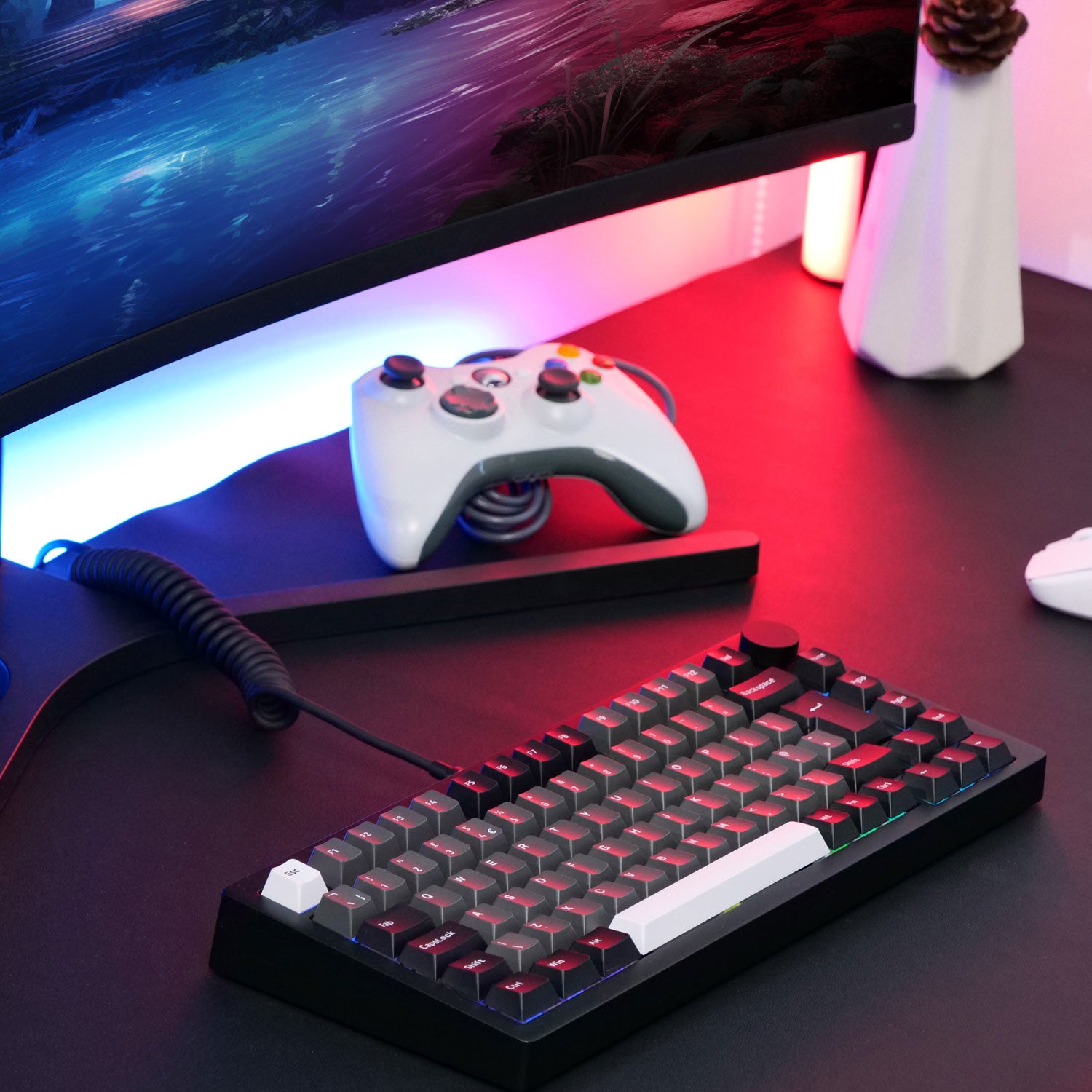
























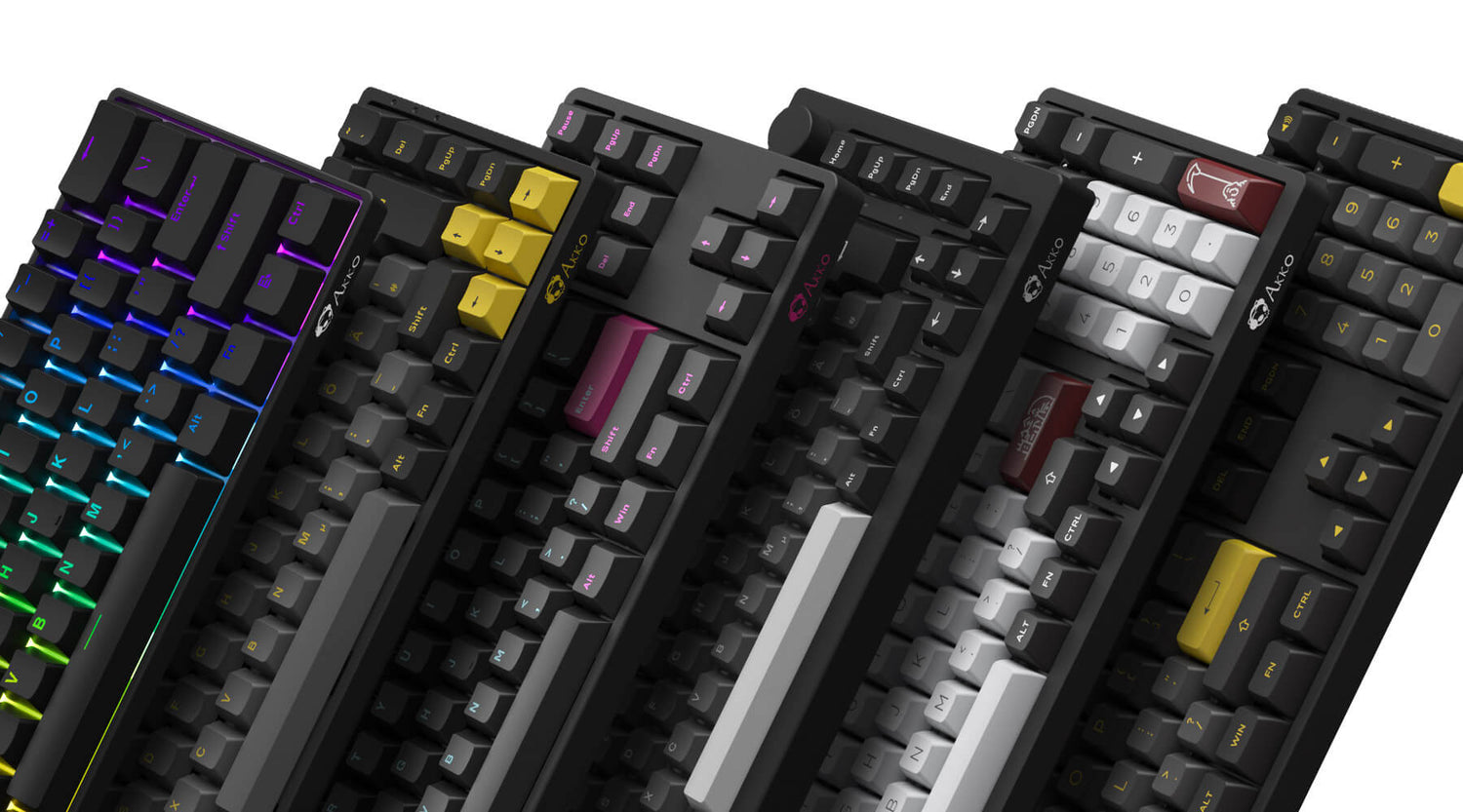
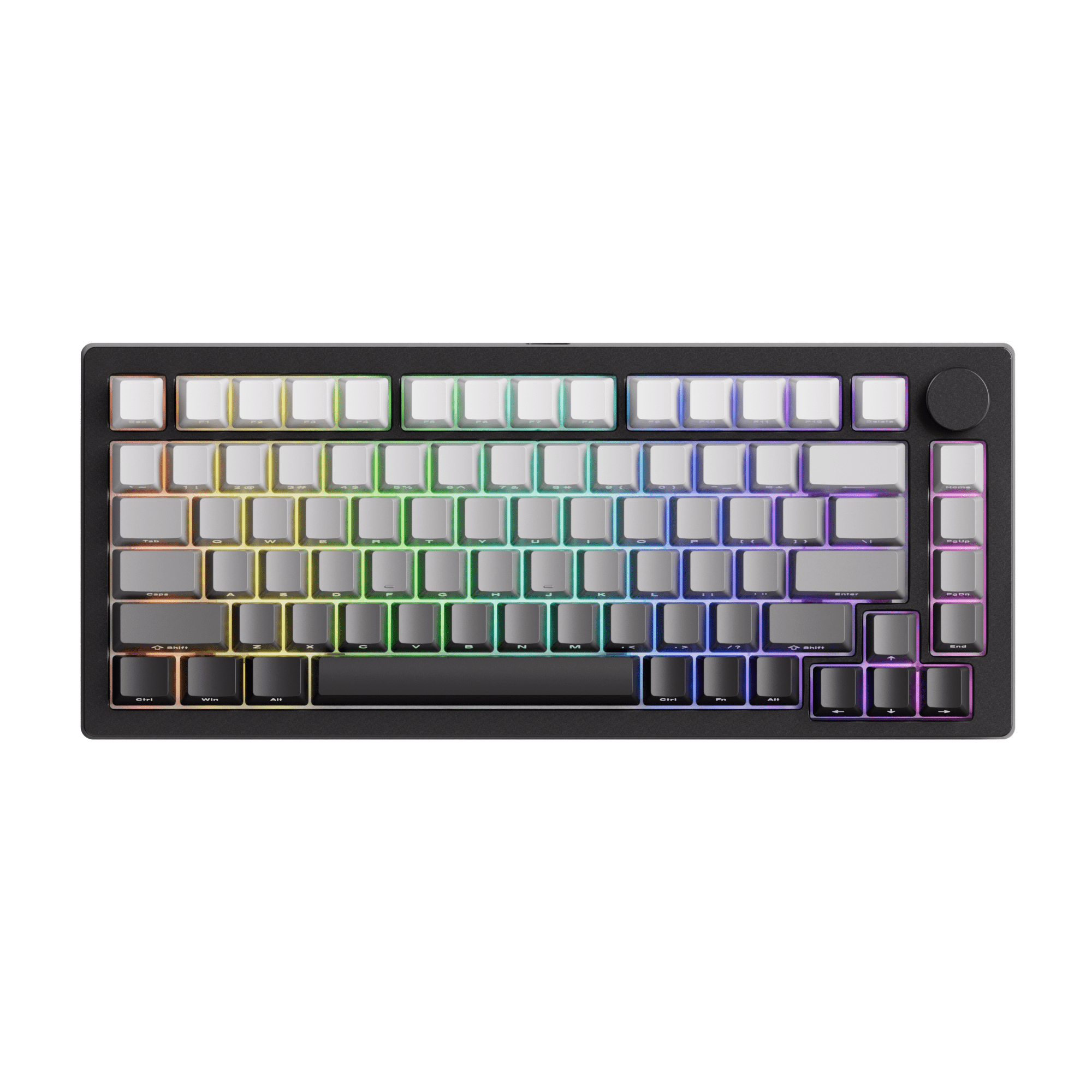
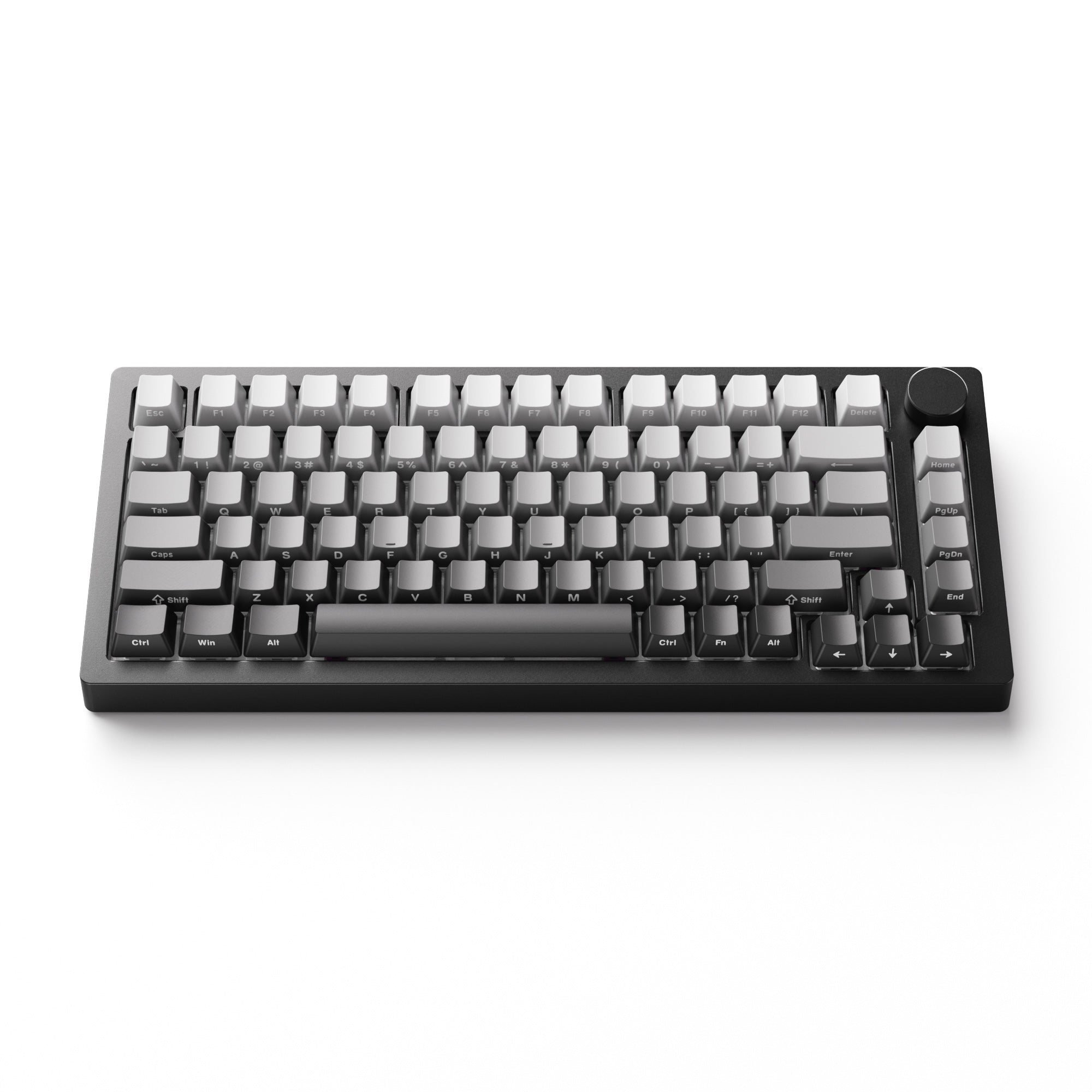
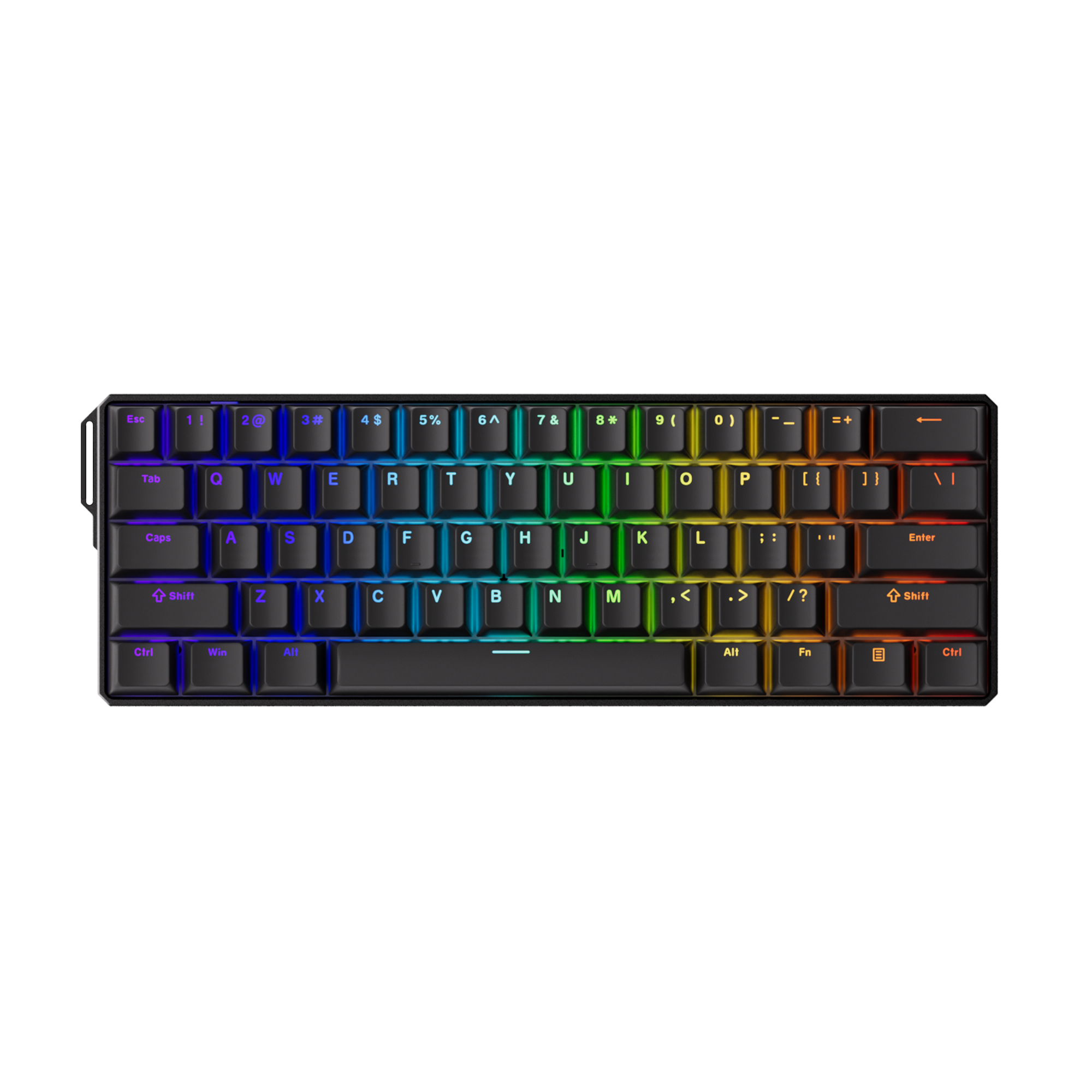
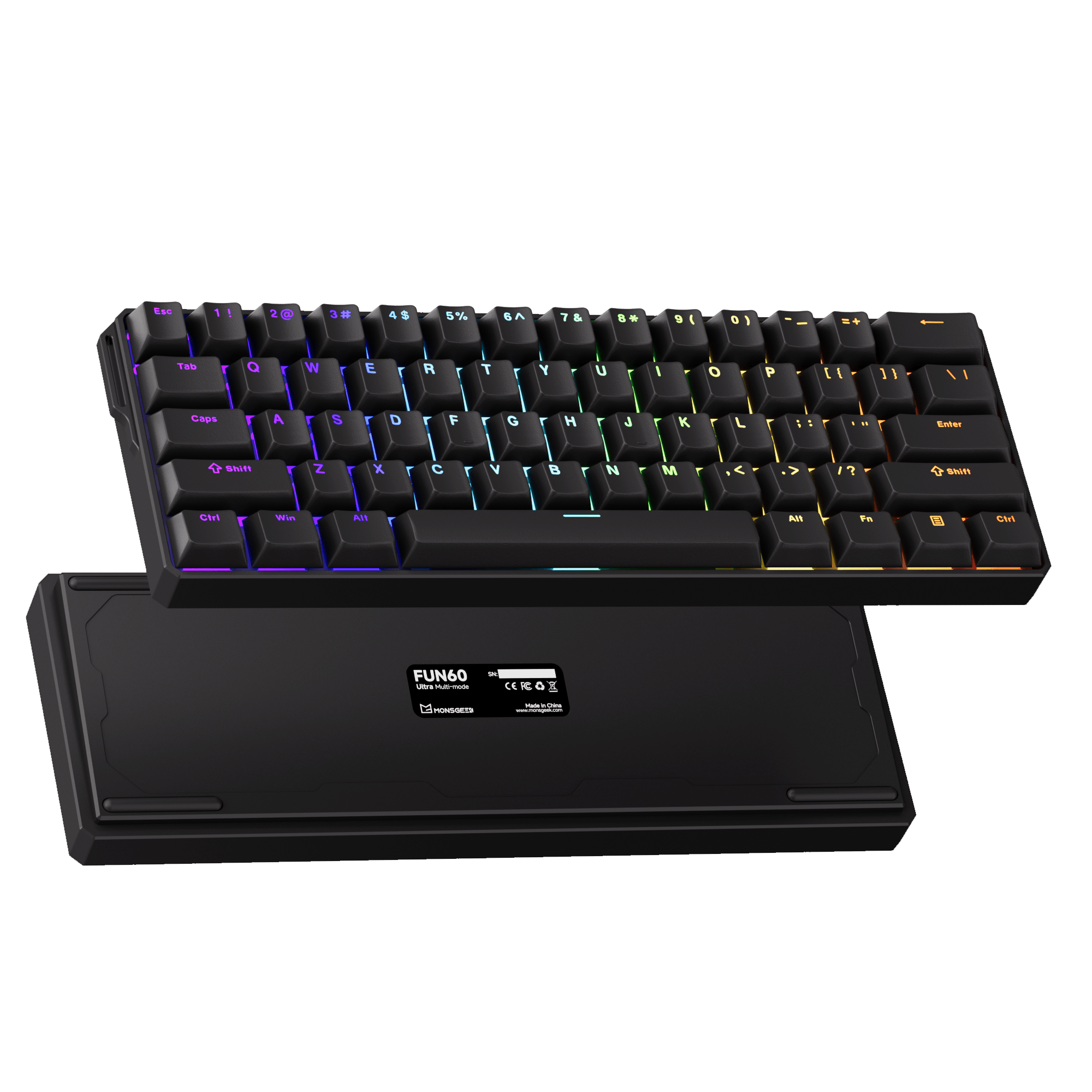

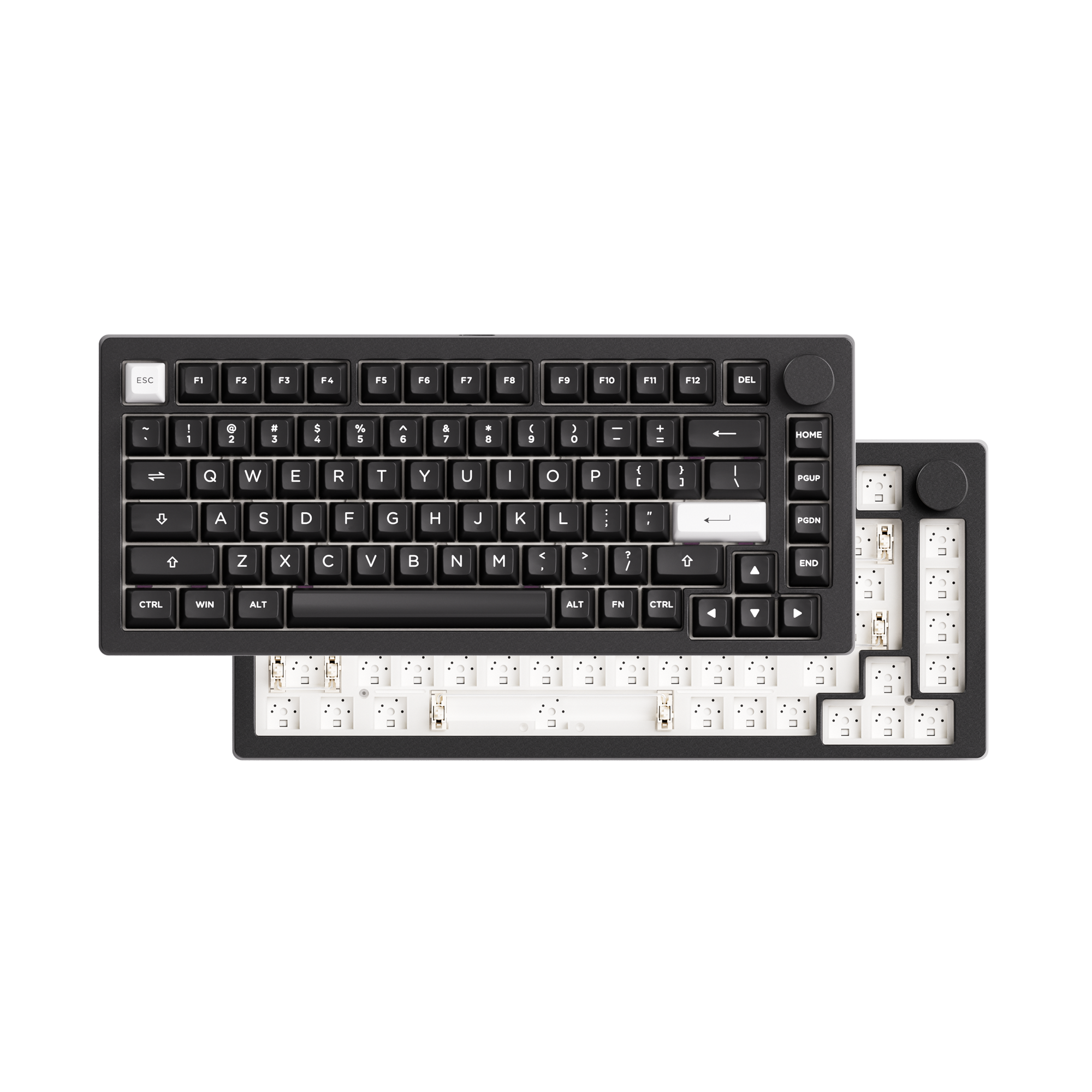

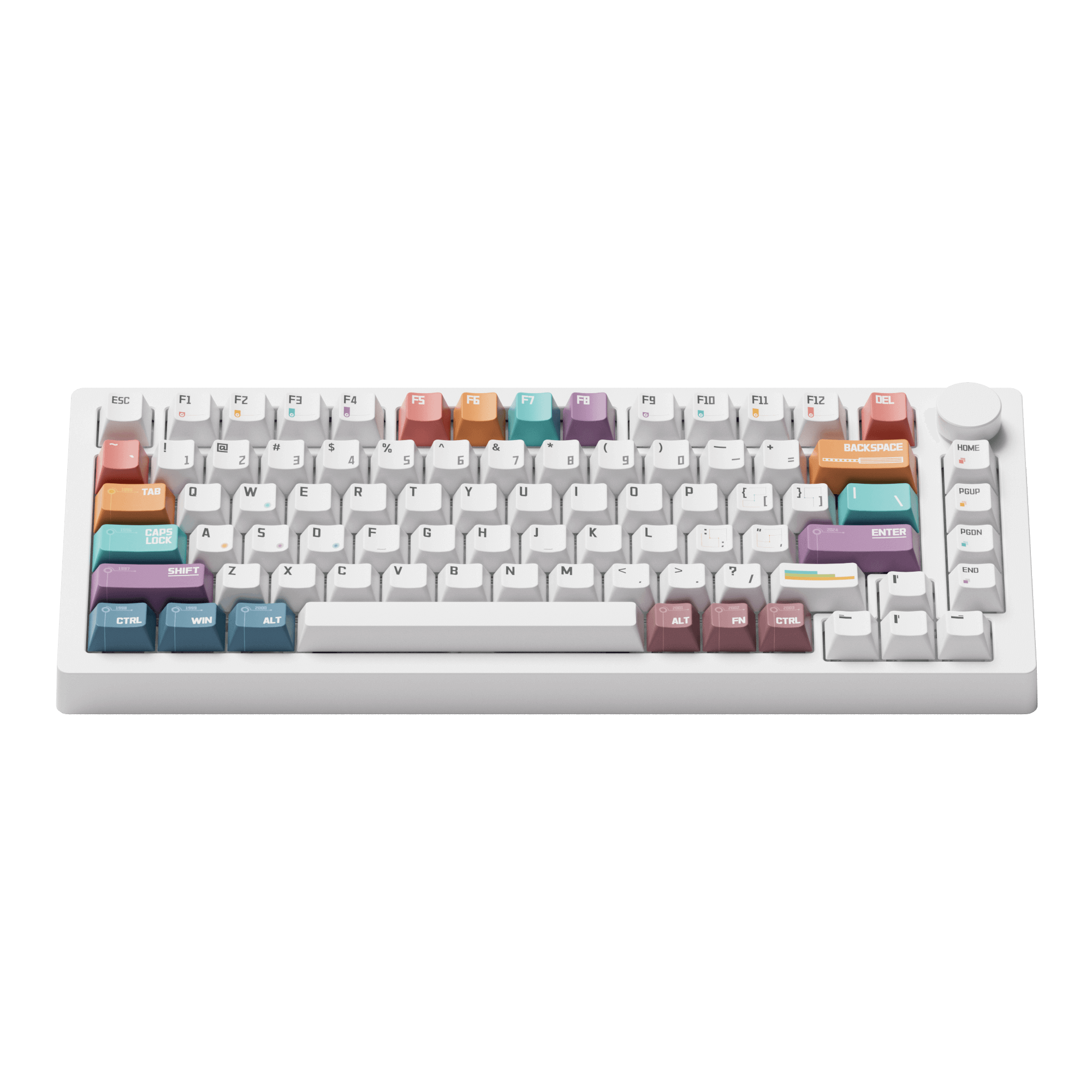

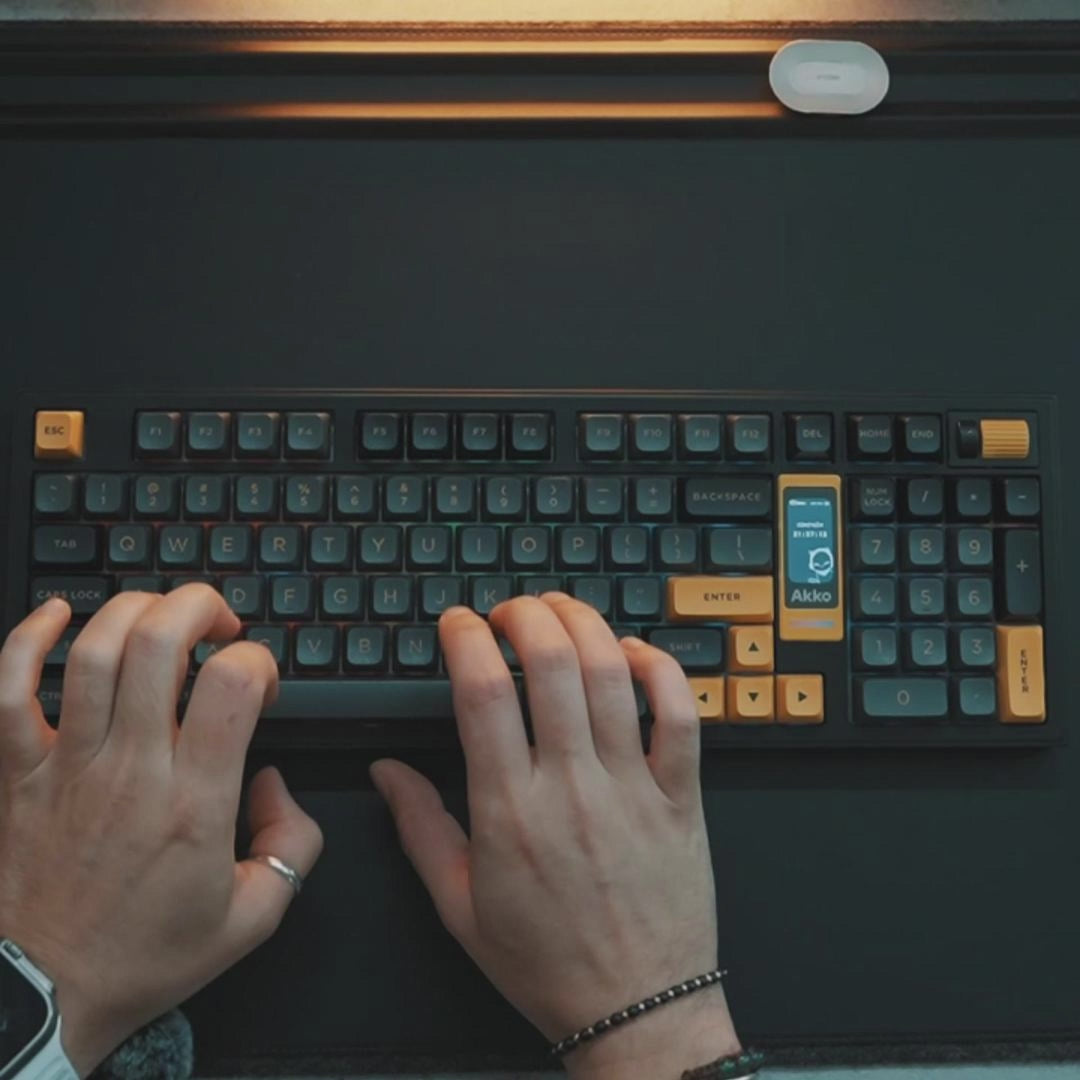


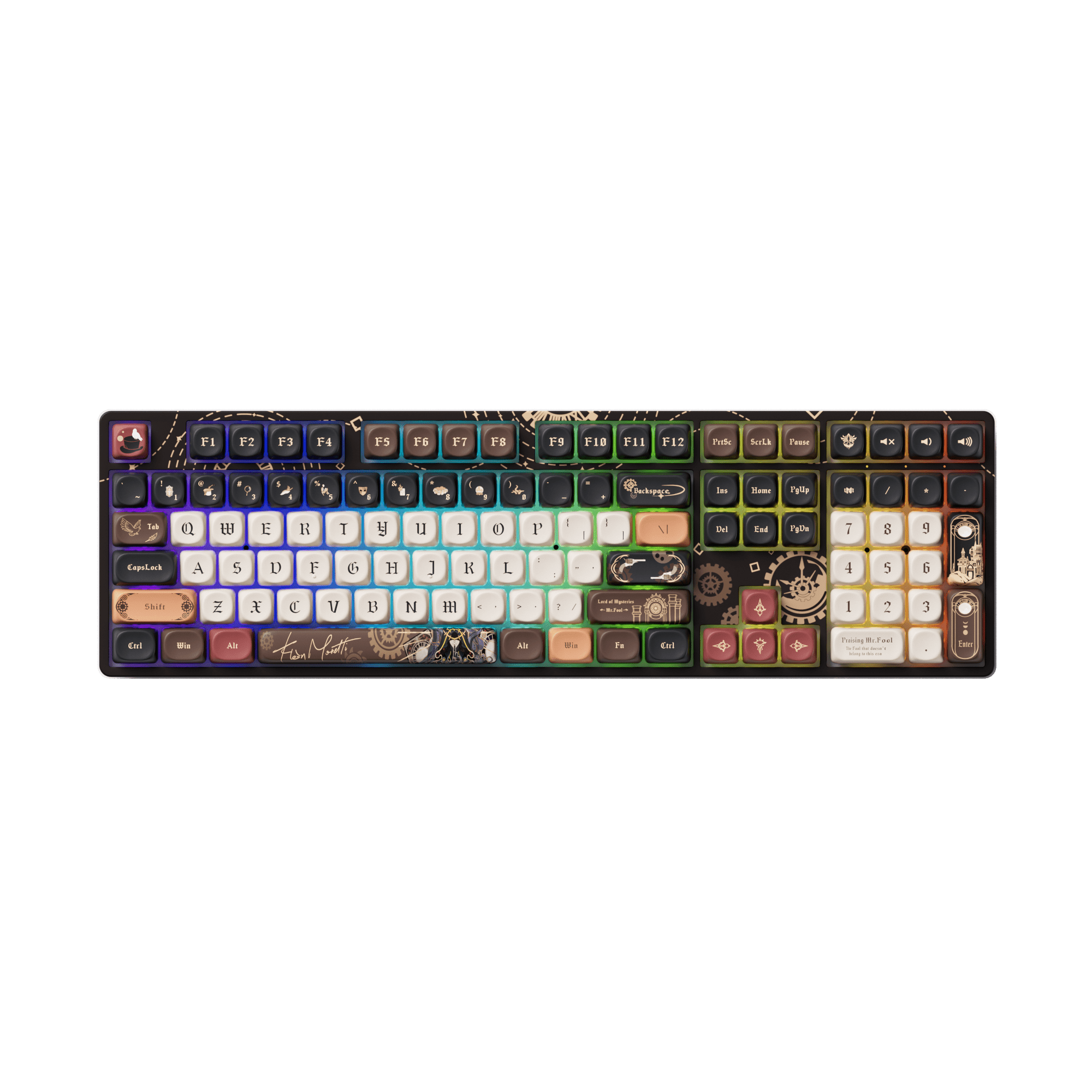

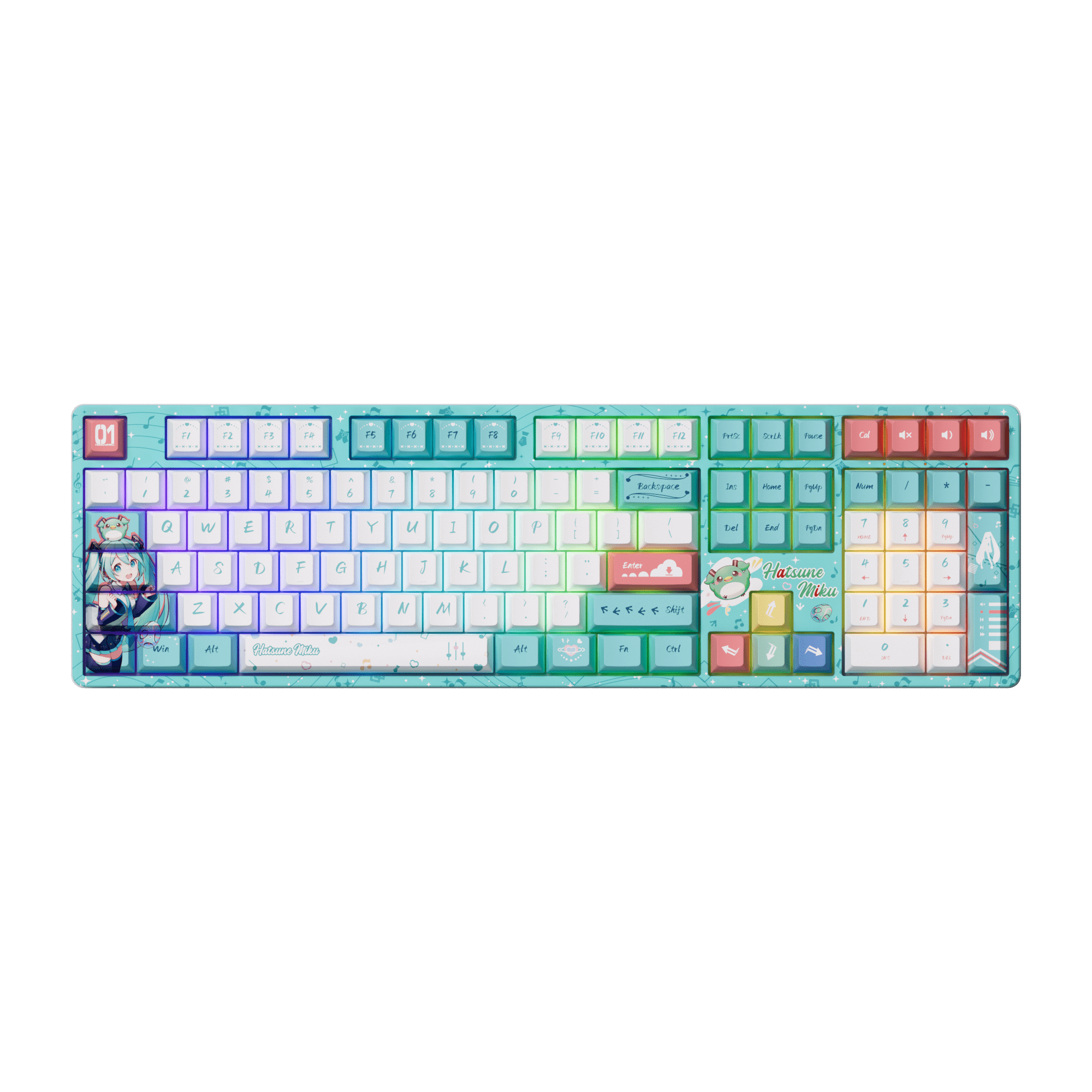

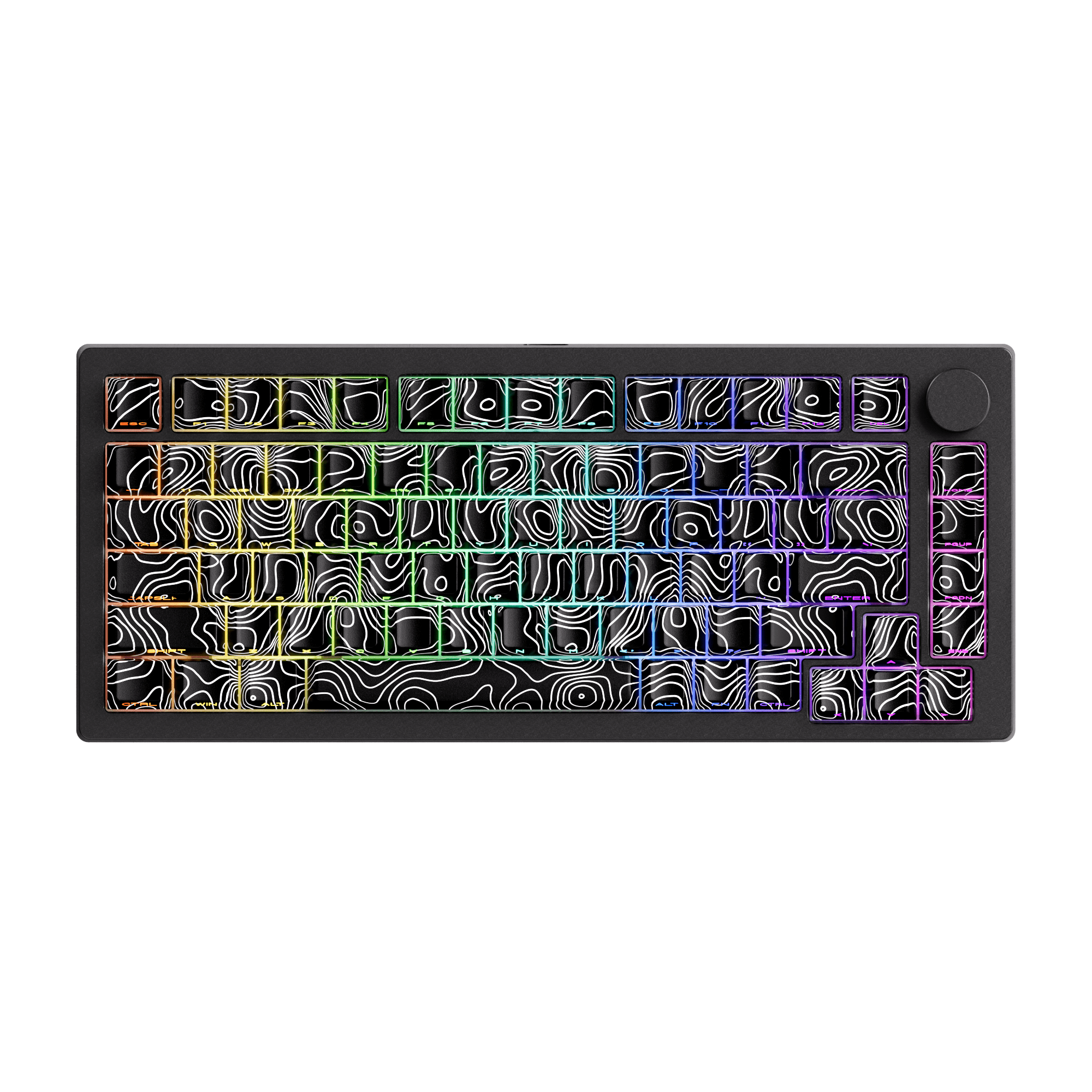
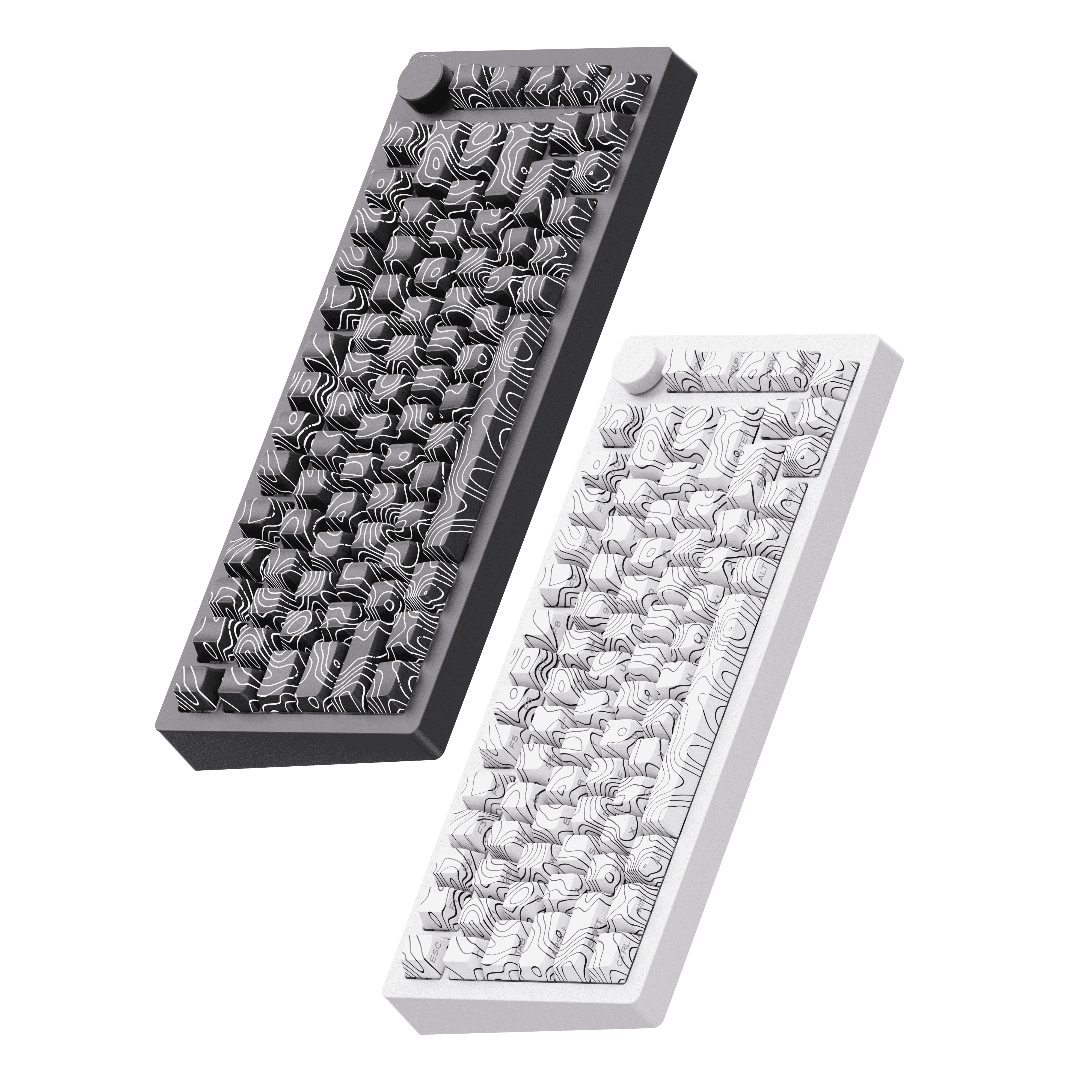
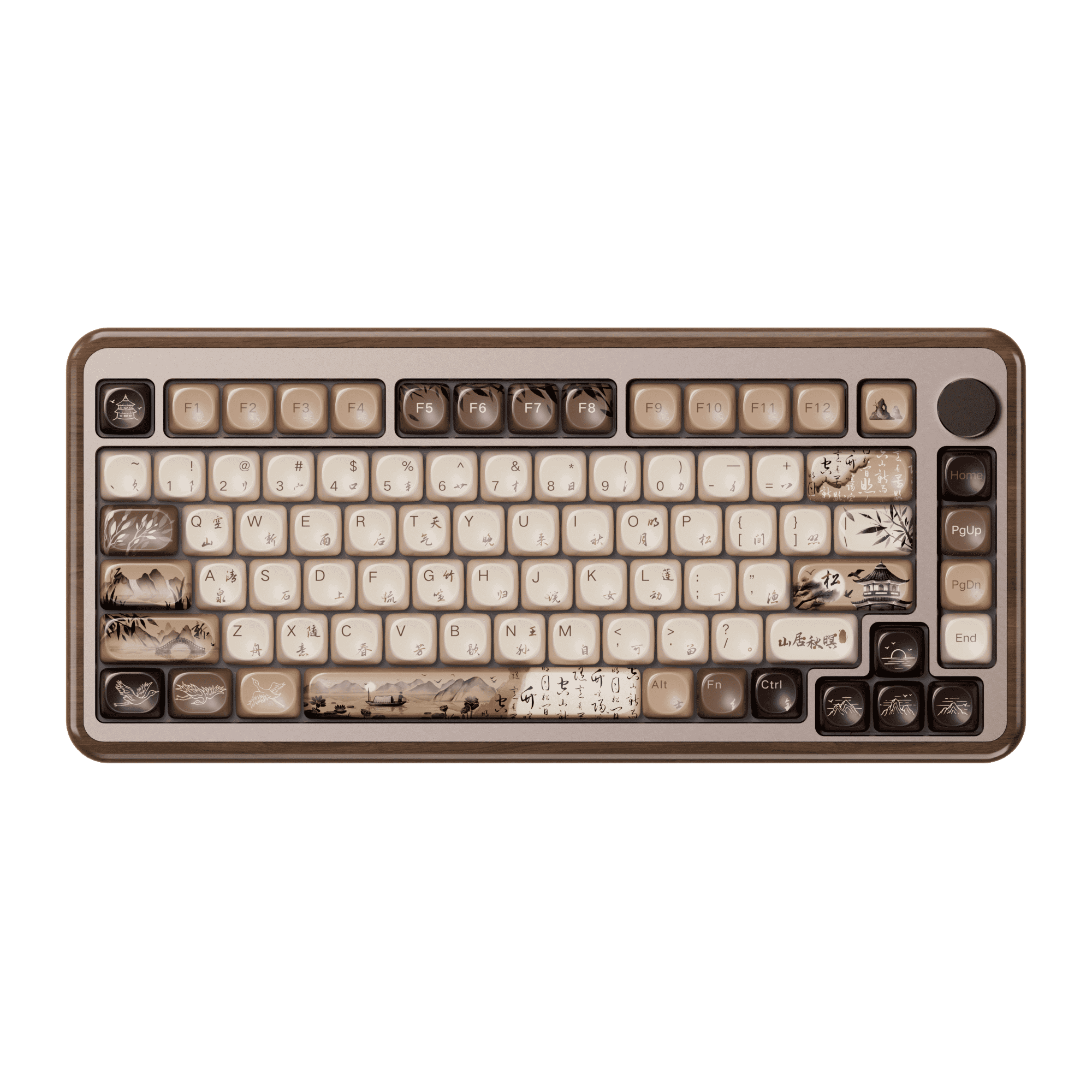


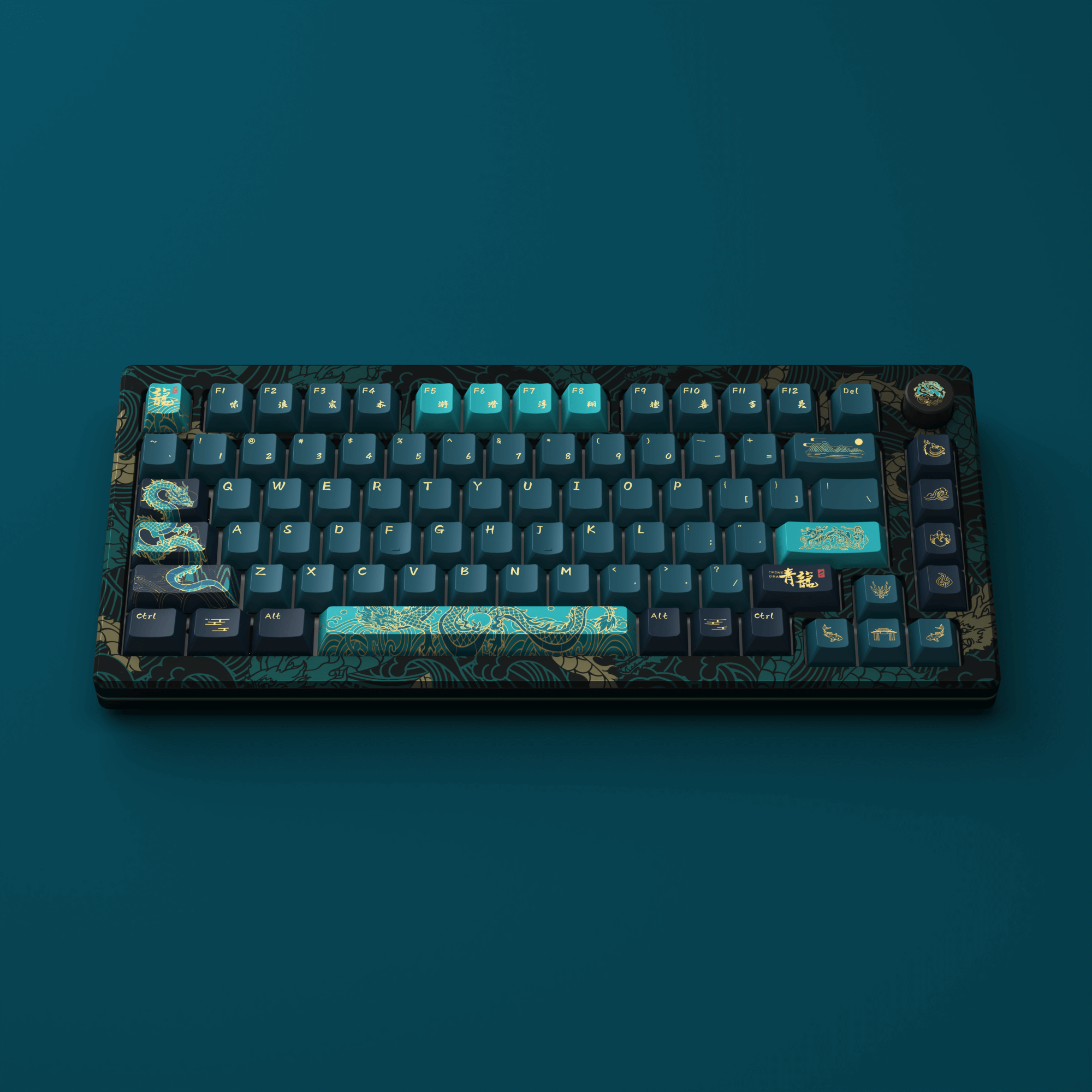
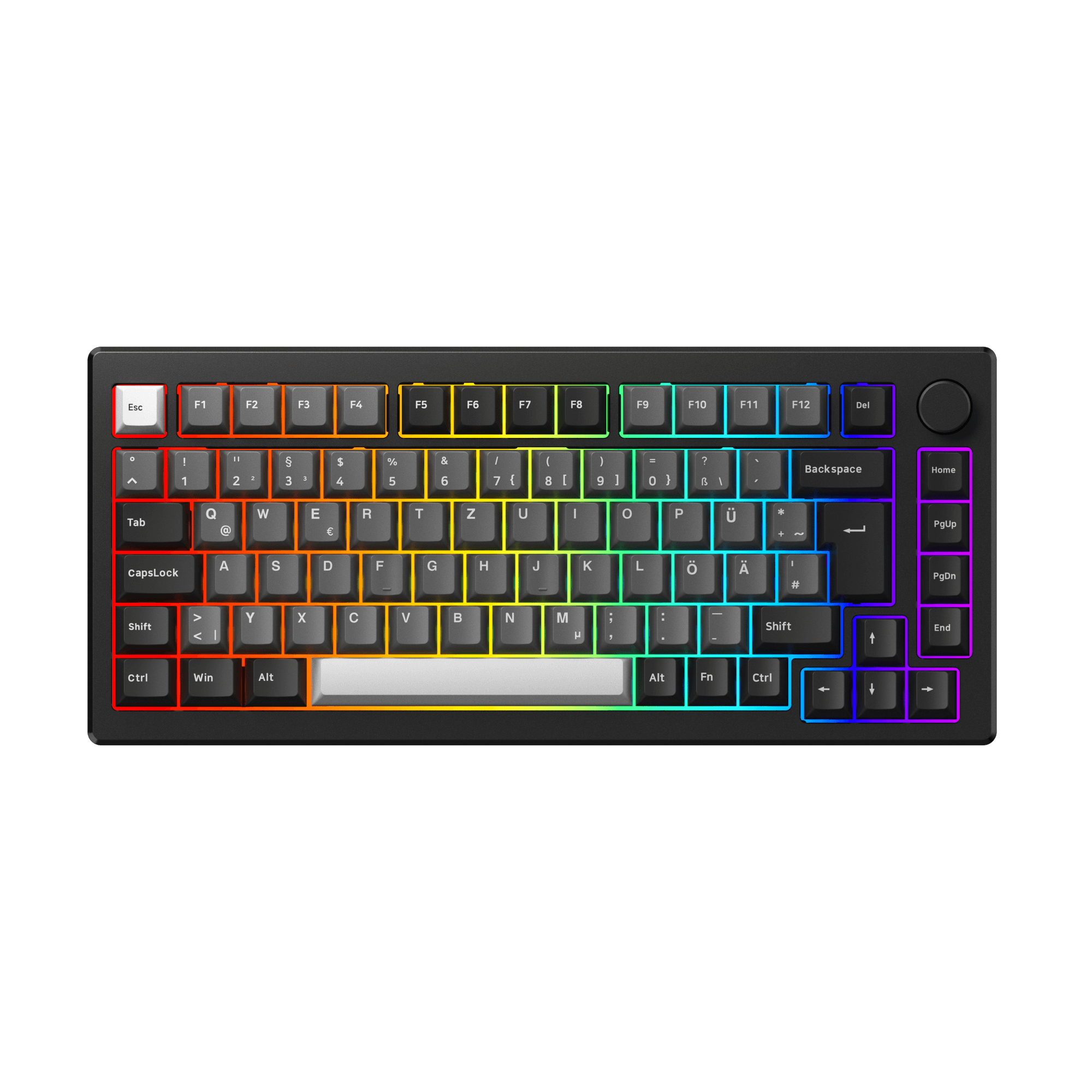
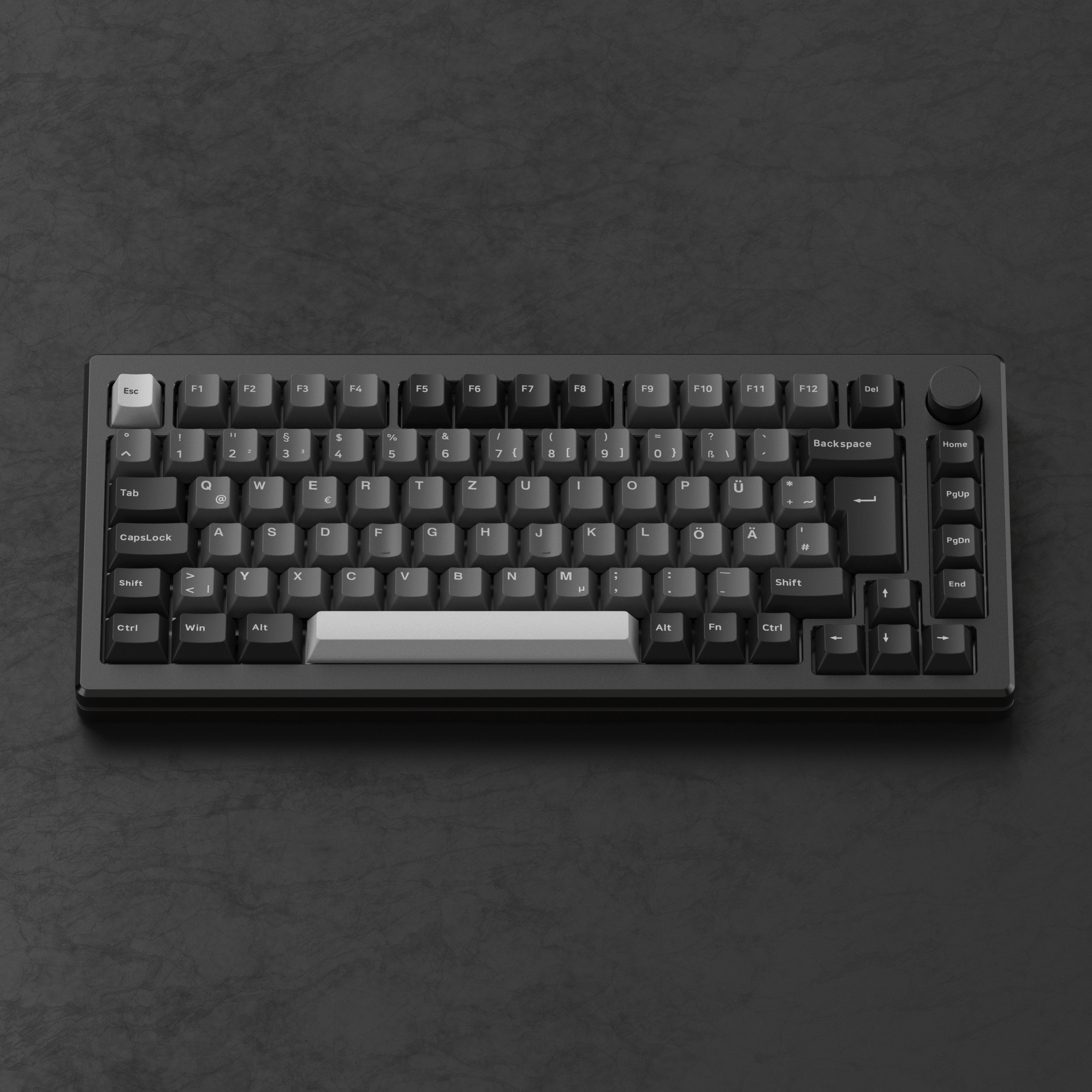






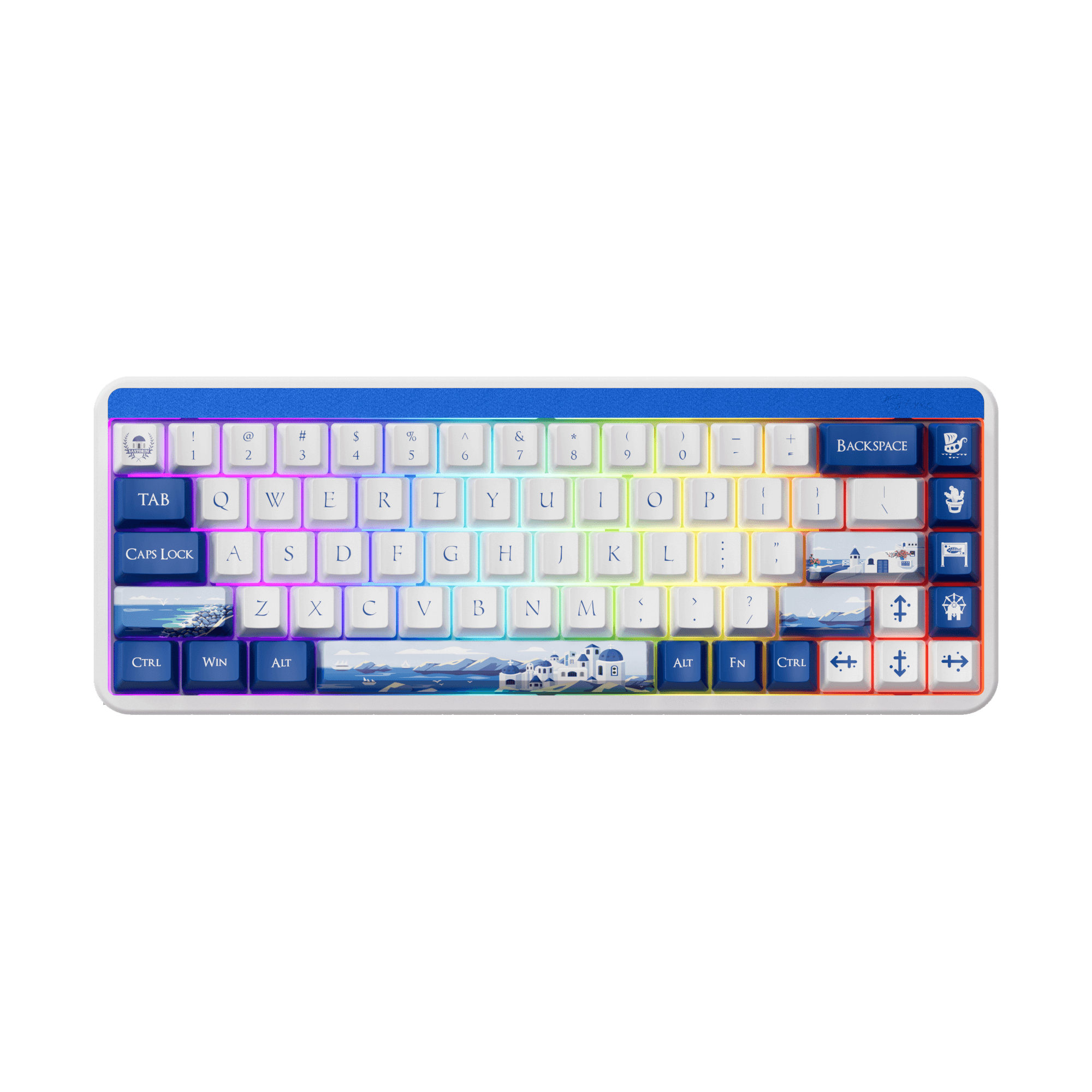
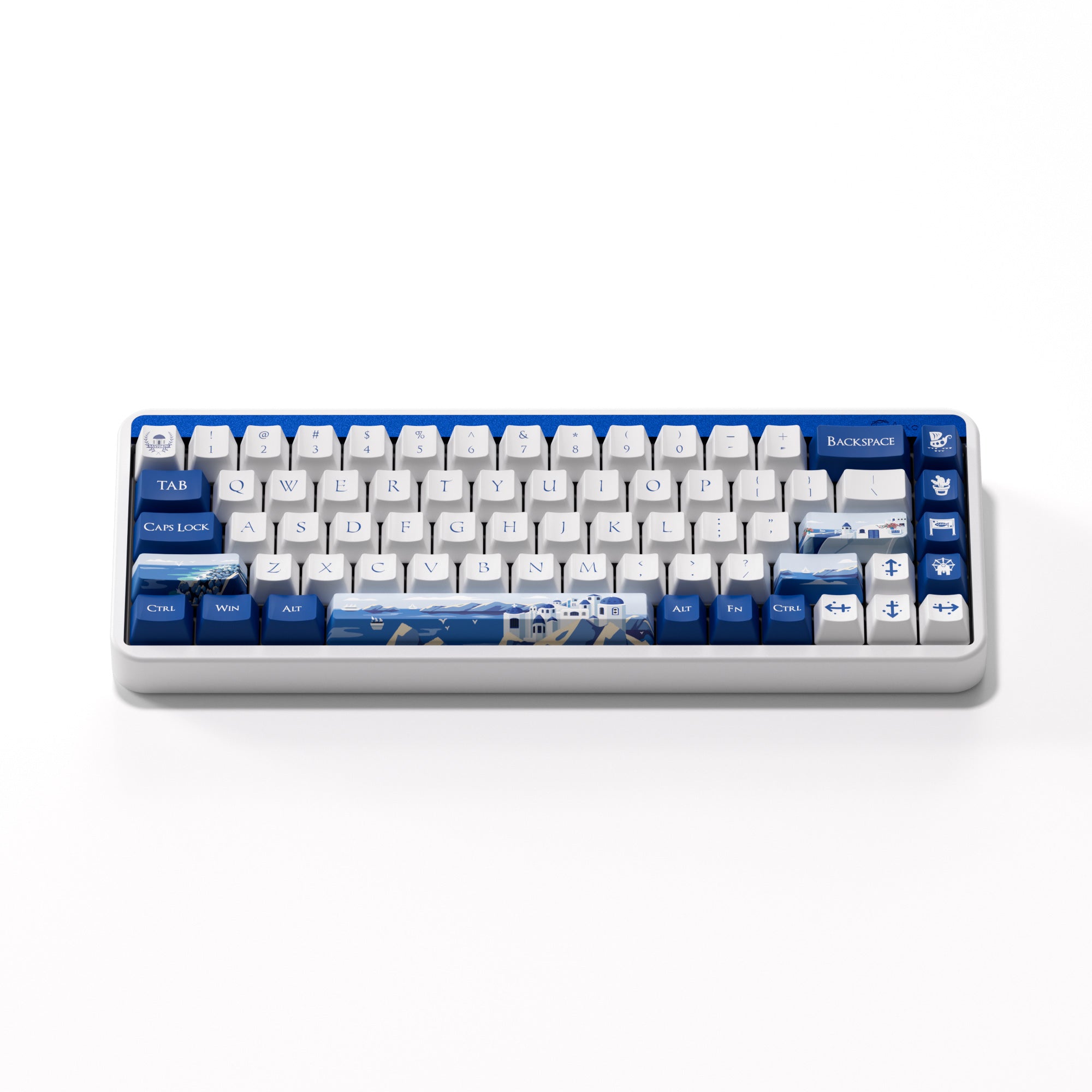

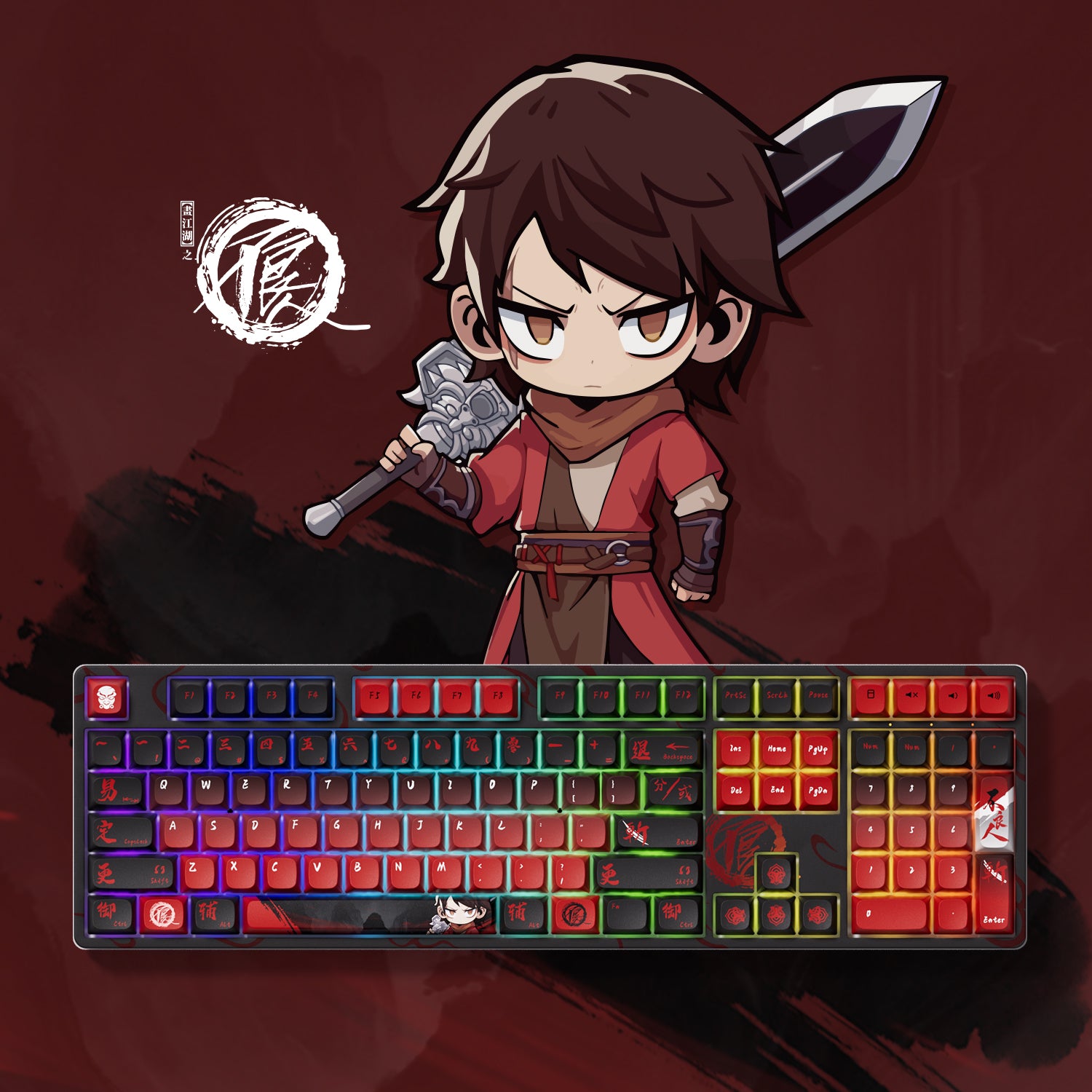

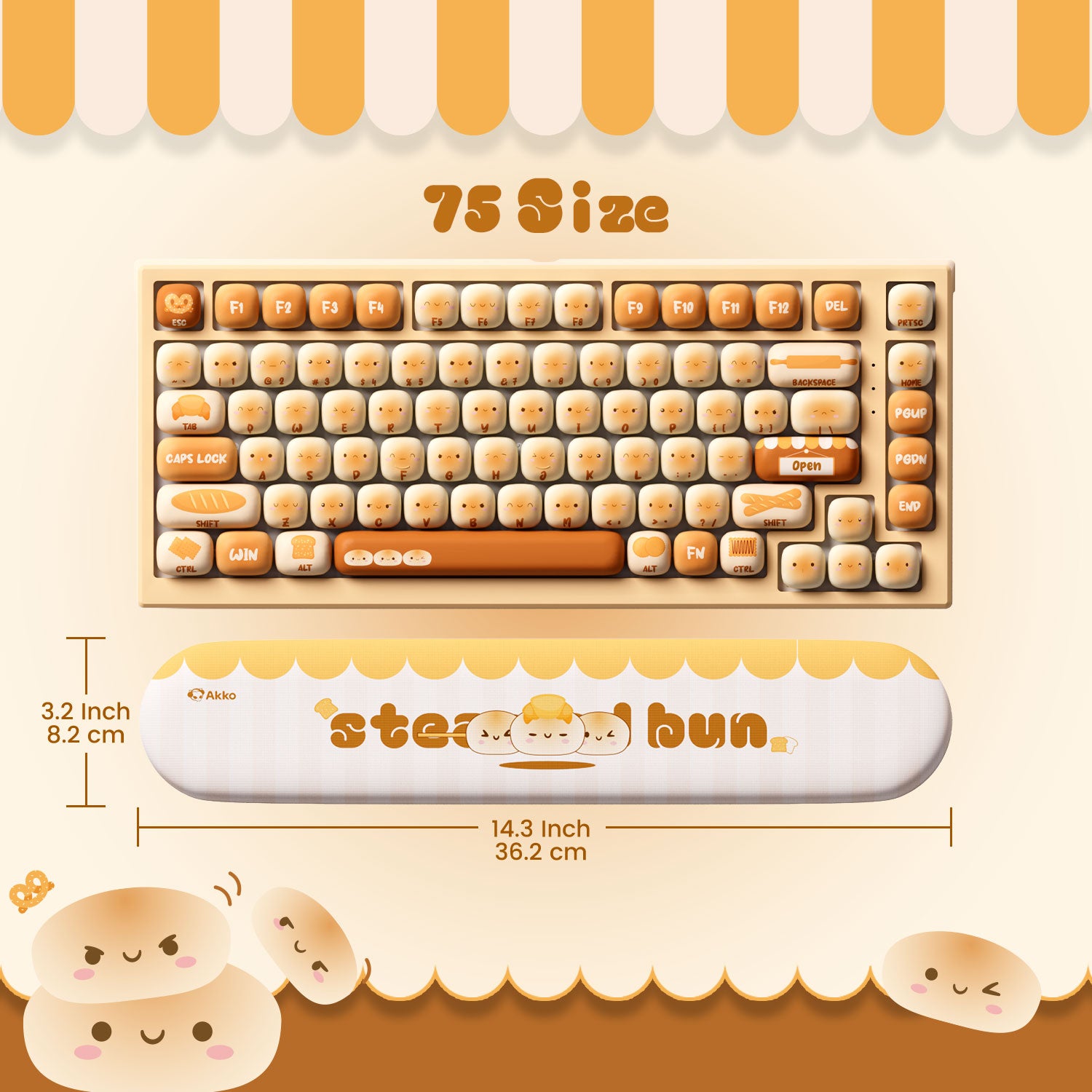

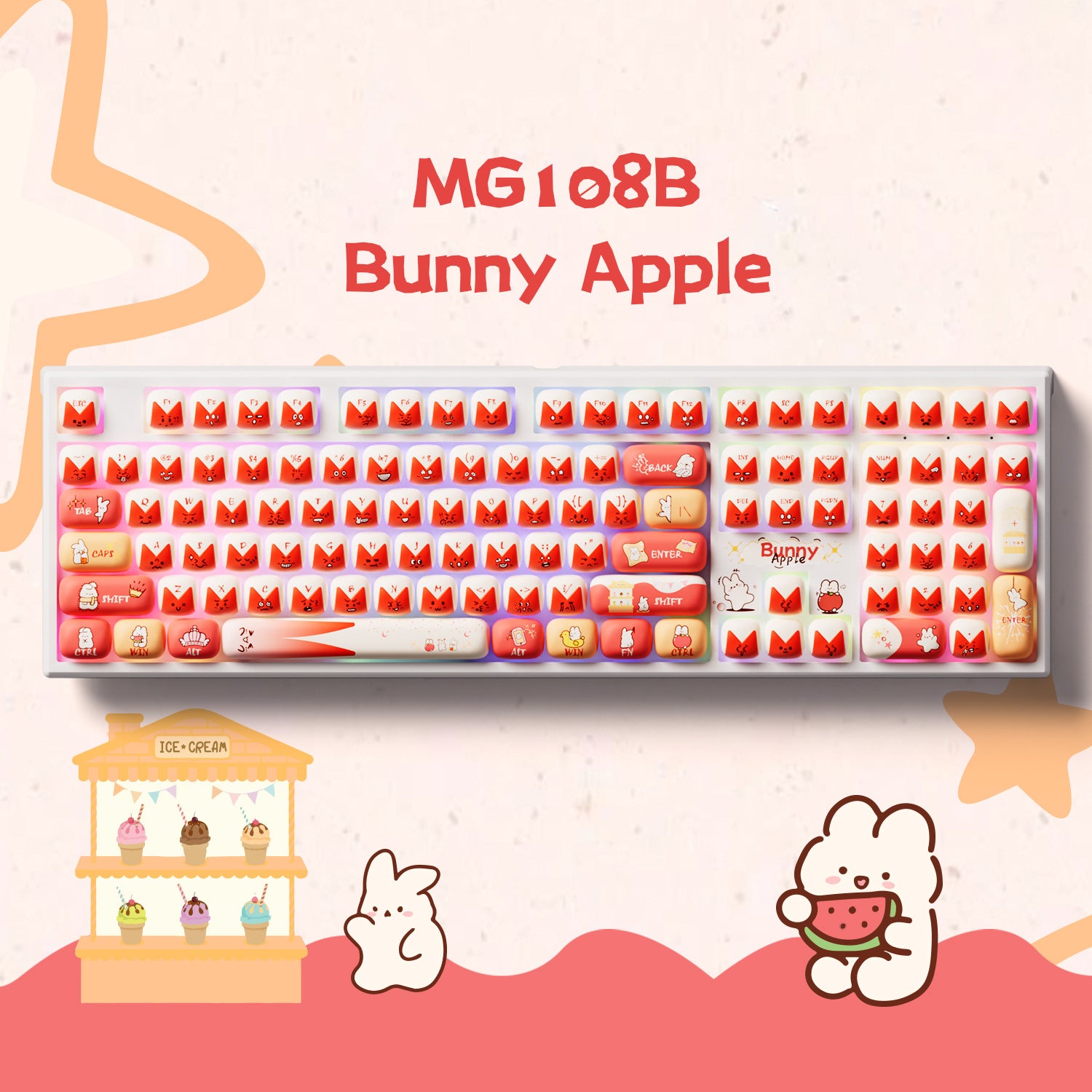


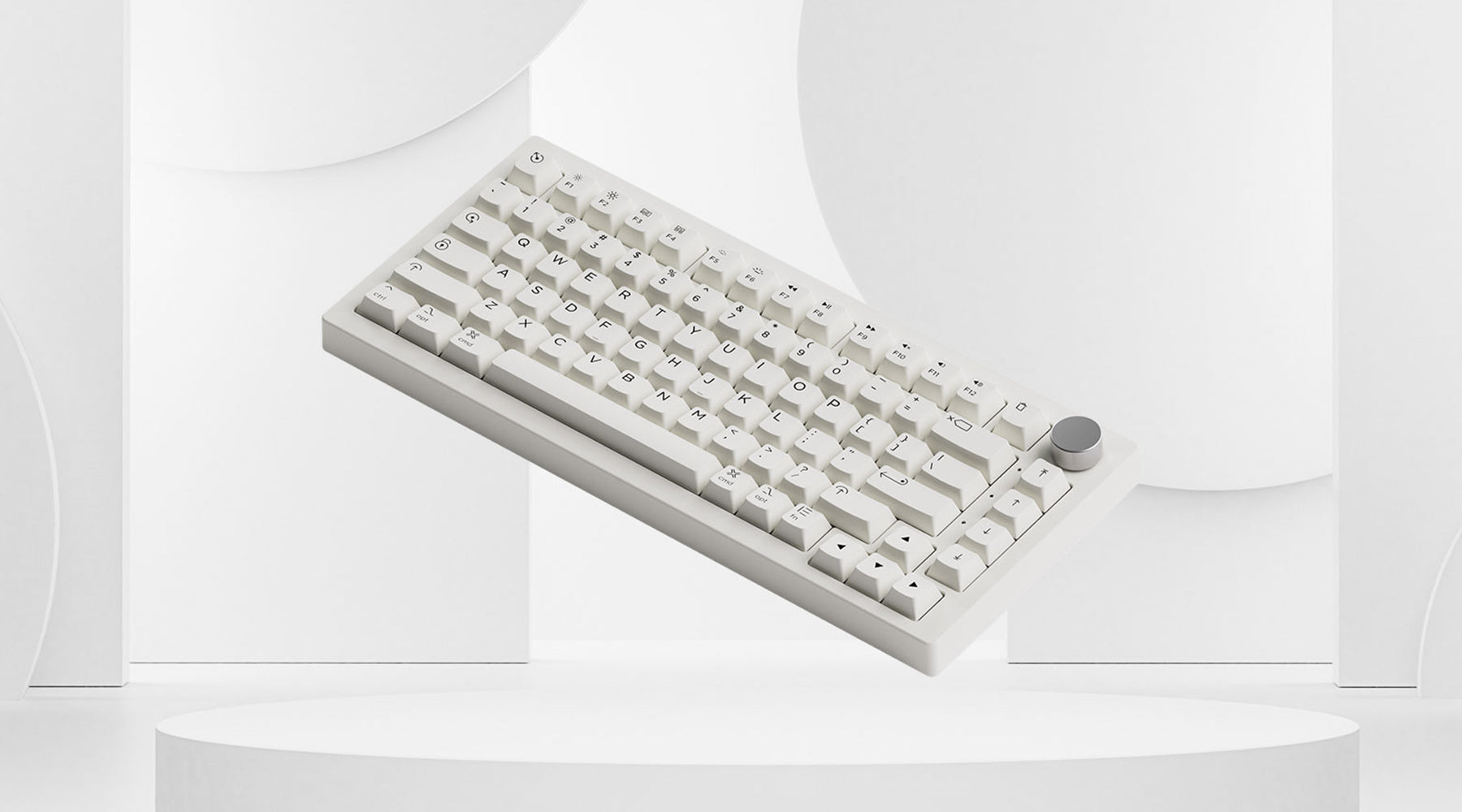


Hinterlasse einen Kommentar
Diese Website ist durch hCaptcha geschützt und es gelten die allgemeinen Geschäftsbedingungen und Datenschutzbestimmungen von hCaptcha.